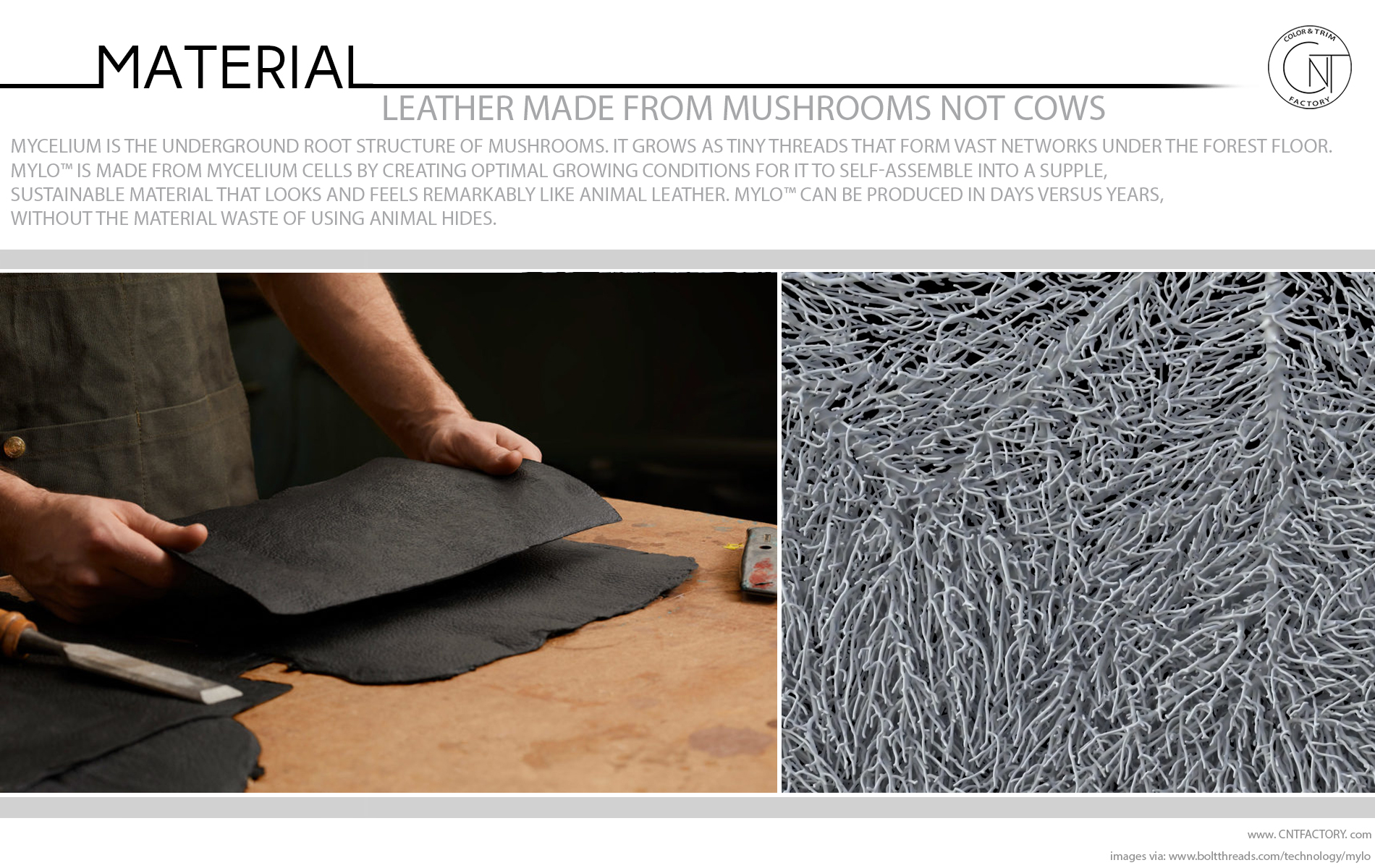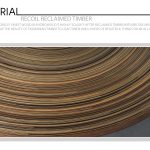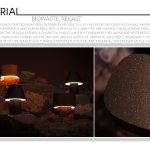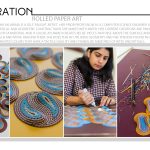Related Post: Spider Silk / Cork Redesigned / Bogwood
Mylo™ is developed from mycelium cells by creating optimal growing conditions for it to self-assemble into a supple, sustainable material that looks and feels remarkably like animal leather. Mylo™ can be produced in days versus years, without the material waste of using animal hides.
Mycelium is the underground root structure of mushrooms. It’s made up of billions of tiny branching cells, which form a 3D micro-scale mesh structure. It holds the forest floor together and acts as nature’s recycling system by releasing enzymes that break down natural materials and release nutrients into the soil.
What are the benefits of Mylo™?
Mylo has a soft, supple, warm feel.
It’s strong, and abrasion resistant.
Mylo is remarkably leather-like, but no animals are used in making it.
Mylo grows in a matter of weeks, compared to animal hides which take years to grow.
Because we carefully control its environment, we can direct the mycelium’s growth and control the final material’s properties including thickness, shape, and more.
Compared to synthetic leathers which are made from polyurethane, Mylo feels natural and has better moisture management properties.
Mylo also has the potential to be significantly more sustainable than leather and other leather substitutes (see below).
Is this leather?
No. The term leather is reserved for animal hides, and animal hides are made of collagen. Mylo™ is made from 100% mycelium, and there is no collagen in Mylo™.How is Mylo™ made?
Corn stalks and supplemental nutrients are used to feed and grow mycelium. Growth conditions are precisely controlled: like temperature and humidity to encourage the mycelium to grow upward and self-assemble into an organized mat of interconnected cells. Their connections give the material strength. Natural tanning process is used and compressed the mat to be as thin or thick as we’d like the final material to be. At this point the mycelium is no longer growing. The final step is to imprint any desired pattern, which gives us the final material.




